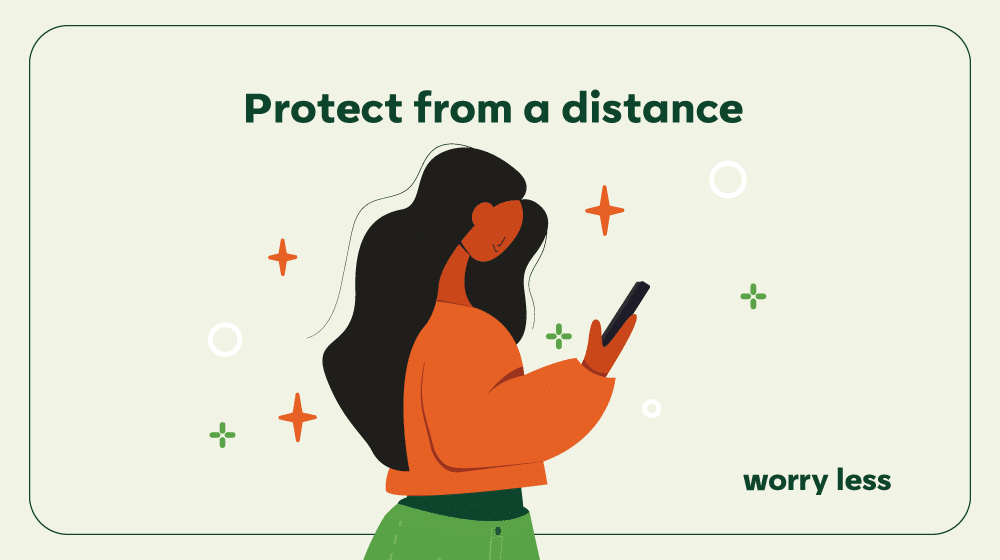Slang & Emojis: What Parents Need to Know
The Gist
- Stay ahead of the game: keep your kids safe online while fostering open and honest communication
In today’s digital age, communication has taken on a whole new form, especially among kids and teens. Gone are the days of straightforward text messages and phone calls. Now, it’s all about emojis, abbreviations, and slang that can leave parents (it’s me, I’m parents) scratching their heads. While these symbols and phrases might seem innocent or even fun, they can sometimes carry meanings that aren’t as straightforward as they appear.
A simple fruit emoji or a common phrase could carry hidden meanings that are part of an evolving online language. This can make it hard for parents to understand what their kids are really saying, and even more challenging to ensure their safety online.
The Hidden Meanings Behind Emojis
You might think that a 🌮 or 🍆 emoji is harmless, but did you know these can have very different meanings depending on the context? Emojis have become a secret language for kids, whether it’s joking around with friends or, in some cases, sharing more concerning content.
Let me break down a few examples for you:
- 🥴: if this blog post is making your face look like this, it’s not over yet. This emoji is actually used to express drunkenness, sexual arousal or grimace.
- 🍑: While it may look like just a peach, this emoji is often used to represent a butt
- 🌽: This tasty side dish actually represents “porn,” especially on TikTok
- 🍝: Represents nude photos, which are often called “noods”
Understanding Slang: It’s More Than Just “LOL”
Slang has always been a part of youth culture, but today’s digital slang can be particularly tricky for parents to keep up with. Words and phrases change meaning quickly, and some terms might be used to hide inappropriate content or behavior.
Here are a few examples of slang you might encounter:
- “Beige Flag:” A quality or characteristic of a significant other that is weird or off-putting, but not enough to reject them.
- “Salty:” While it used to describe food, this now means someone is bitter or upset.
- “Cap”/“No Cap:” These terms mean “lie” and “no lie” respectively—often used in contexts where kids are trying to deceive or emphasize truth.
- “Ghosting:” This means suddenly cutting off communication without explanation—a behavior that can happen in both friendships and romantic relationships.
- “Let him cook:” Used to mean “don’t interfere” in a joking way. It doesn’t literally mean let someone make food.

Stay Informed
As a parent, it’s crucial to understand the evolving language your kids are using online. While not every emoji or slang term is cause for concern, being in the loop can help you spot potential red flags early on. It also opens up opportunities for conversations with your kids about their online behavior and the importance of clear communication
Enter Safe and Sound
Keeping up with every new emoji or slang word might feel impossible, but you don’t have to do it alone. With the new Safe & Sound bundle, you can have valuable tools at home and online, to help you monitor your child’s digital activity and keep them safe. Protecting and enabling children – online and offline – is totally possible in the 21st century. Here’s how it works:
Advanced Parental Controls
- Set time limits and schedules to ensure a healthy balance between screen time and other activities
- Block harmful content like porn, alcohol and gambling
- Monitor & restrict digital activity like TikTok, WhatsApp, Roblox
Front Door Security
- 2-way audio so you can see and speak to visitors
- Wider 180° viewing angle to get the full picture of your entryway
- Real-time alerts so you know exactly what’s happening and when
Curious about how much easier life can get? Click here to learn more about Safe and Sound.
